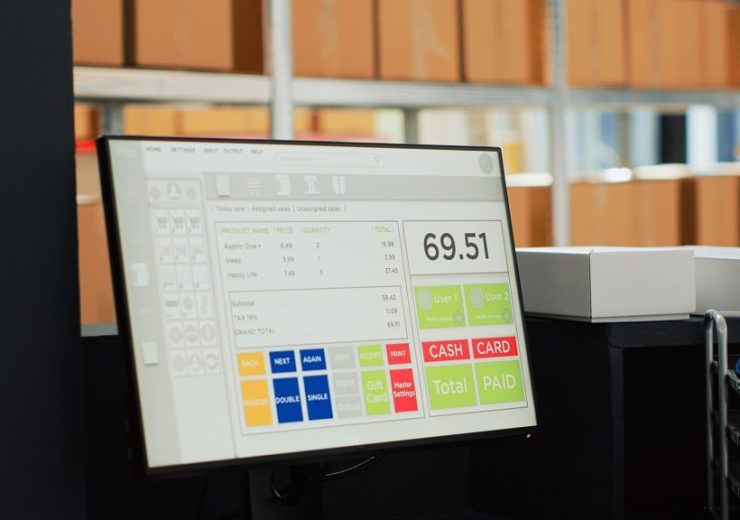How AI Enhances Virtual Assistant Capabilities

How AI Enhances Virtual Assistant Capabilities: Revolutionizing User Experience

In the digital age, virtual assistants have become an integral part of our daily lives, offering convenience, productivity, and assistance with a wide array of tasks. From setting reminders to managing smart homes, these digital helpers are powered by Artificial Intelligence (AI) technologies, which enable them to understand and respond to human language in a highly efficient manner. As AI continues to evolve, virtual assistants are becoming even more capable and versatile. This article explores how AI enhances virtual assistant capabilities, the key benefits it offers, and real-world applications that demonstrate its growing impact.
Introduction
Virtual assistants, such as Apple’s Siri, Amazon’s Alexa, Google Assistant, and Microsoft’s Cortana, have evolved from simple command-execution programs to sophisticated AI-powered platforms. By leveraging natural language processing (NLP), machine learning (ML), and deep learning, virtual assistants are now capable of handling a wide range of tasks, from answering questions to predicting user needs. AI plays a central role in enhancing the capabilities of virtual assistants by improving their ability to learn, understand context, and provide personalized interactions.
The Role of AI in Virtual Assistant Development
Artificial Intelligence is the driving force behind virtual assistants’ ability to process language, understand user intent, and learn from interactions. Here’s how AI plays a crucial role in their development:
Natural Language Processing (NLP)
NLP enables virtual assistants to understand and interpret human language, allowing them to process user commands and provide appropriate responses. AI-powered NLP models break down speech or text input, analyze it for context, and generate relevant output. These models can also handle complex sentence structures, idiomatic expressions, and variations in language.
Machine Learning and Deep Learning
Machine learning enables virtual assistants to learn from user interactions and improve over time. By analyzing past behavior, preferences, and patterns, virtual assistants become more adept at predicting user needs and delivering personalized experiences. Deep learning algorithms, a subset of machine learning, allow virtual assistants to perform more sophisticated tasks like image recognition, voice identification, and context-based recommendations.
Speech Recognition
AI-enhanced speech recognition systems allow virtual assistants to accurately interpret spoken commands, even in noisy environments or with various accents. These systems improve over time, refining their ability to understand diverse speech patterns through continuous learning.
Context Awareness
AI allows virtual assistants to understand the context of user interactions, making their responses more relevant and accurate. For example, if a user asks, “What’s the weather like?” and follows up with, “Will I need an umbrella?” AI enables the assistant to recognize that the second question refers to the weather and provide an appropriate response.
Key Capabilities Enhanced by AI
Here are some key capabilities of virtual assistants that are enhanced by AI:
Voice and Speech Recognition
AI-powered virtual assistants use advanced voice and speech recognition algorithms to accurately capture user commands. With the ability to recognize different accents, dialects, and speech variations, these systems ensure a more natural and seamless interaction. This capability allows users to speak freely and have their commands understood without the need for precise, robotic phrasing.
Personalization
One of AI’s greatest strengths in virtual assistants is its ability to personalize interactions. By analyzing user behavior, preferences, and previous interactions, AI helps virtual assistants tailor responses to individual users. For example, virtual assistants can provide custom reminders based on a user’s schedule, suggest personalized content, or offer recommendations tailored to their preferences.
Predictive Assistance
AI enhances virtual assistants’ ability to offer predictive assistance by anticipating user needs before they are explicitly stated. Based on previous behaviors and interactions, AI can suggest actions such as sending messages, ordering groceries, or recommending tasks that a user may need to complete.
Multi-Tasking and Integration
AI enables virtual assistants to handle multiple tasks simultaneously, such as scheduling meetings, sending messages, and playing music, all through a single interface. AI integration with third-party apps and devices allows virtual assistants to control smart homes, manage calendars, and even make online purchases seamlessly.
Conversational AI
Conversational AI allows virtual assistants to engage in more natural and dynamic conversations. Unlike basic voice command systems, AI-enhanced virtual assistants can handle back-and-forth conversations, understand context, and adjust their responses based on previous inputs.
Emotional Intelligence
Advanced AI systems can now detect emotional cues from voice tone or language, allowing virtual assistants to respond in a more empathetic manner. This capability is especially useful in customer service settings, where virtual assistants can provide a more human-like and emotionally intelligent experience.
Real-World Applications of AI-Enhanced Virtual Assistants
Here are some examples of how AI-enhanced virtual assistants are being used in the real world:
Google Assistant’s Predictive Features
Google Assistant leverages AI to offer personalized suggestions based on user behavior, such as reminding users about upcoming appointments or suggesting routes based on traffic conditions. Google Assistant also integrates with smart home devices, allowing users to control lighting, thermostats, and appliances using voice commands. Learn more
Amazon Alexa in Smart Homes
Amazon Alexa uses AI to power smart home ecosystems, enabling users to control various devices through voice commands. From managing lighting to adjusting security systems, Alexa’s AI capabilities allow it to learn user preferences and offer tailored recommendations. Learn more
Apple’s Siri and Personalized Interaction
Siri, Apple’s virtual assistant, uses AI to deliver personalized responses and perform complex tasks like setting reminders, sending texts, or managing daily routines. Siri also integrates with Apple’s ecosystem, enabling seamless interactions across devices. Learn more
Microsoft Cortana in Enterprise Settings
Cortana, Microsoft’s AI-powered assistant, is tailored for business environments, offering integration with Office 365 and other enterprise tools. Cortana can schedule meetings, send reminders, and assist with business-related tasks, all while learning from user interactions to improve efficiency. Learn more
Samsung’s Bixby and Device Integration
Samsung’s Bixby uses AI to control a range of devices within the Samsung ecosystem, including smartphones, tablets, smart TVs, and home appliances. Bixby’s AI capabilities enable it to learn user preferences and automate tasks based on previous behaviors. Learn more
Challenges and Considerations
Privacy Concerns
As virtual assistants collect vast amounts of personal data to improve user experiences, concerns about data privacy and security arise. Organizations must ensure that sensitive information is handled securely and that users have control over what data is collected and how it is used.
Context and Ambiguity
While AI has improved context awareness in virtual assistants, challenges remain in understanding ambiguous commands or multi-step instructions. Further advancements in NLP and contextual understanding are needed to overcome these limitations.
Integration with Legacy Systems
Many organizations face challenges when integrating AI-powered virtual assistants with legacy systems, particularly in industries like healthcare and finance. Ensuring seamless integration while maintaining system security and compliance is a key consideration.
Future Trends in AI-Powered Virtual Assistants
AI-Driven Emotional Intelligence
Future virtual assistants are expected to have even greater emotional intelligence, allowing them to detect and respond to subtle emotional cues. This advancement will enable more empathetic interactions, especially in mental health applications and customer service environments.
Hyper-Personalization
As AI continues to advance, virtual assistants will offer hyper-personalized services based on real-time data and predictive analytics. This could include health recommendations, personalized financial advice, or even meal suggestions based on individual preferences and dietary needs.
Expansion into New Industries
AI-powered virtual assistants are expected to make significant inroads into industries such as healthcare, education, and finance. In healthcare, for example, virtual assistants could help patients manage appointments, remind them to take medications, and provide personalized health tips.
Voice Commerce and Transactions
As virtual assistants become more integrated with e-commerce platforms, users will be able to make purchases, book services, and complete transactions entirely through voice commands. This could revolutionize online shopping and service booking, making the process faster and more convenient.
Conclusion
AI has revolutionized the capabilities of virtual assistants, transforming them from basic command-response systems into sophisticated digital helpers that can understand context, predict user needs, and offer personalized experiences. As AI continues to evolve, virtual assistants will play an increasingly important role in our daily lives, driving convenience and efficiency across a wide range of industries. Whether managing smart homes, assisting in the workplace, or delivering personalized health recommendations, AI-powered virtual assistants are reshaping the future of digital interactions.
For more insights and resources on how AI is enhancing virtual assistant capabilities, visit TGI.



